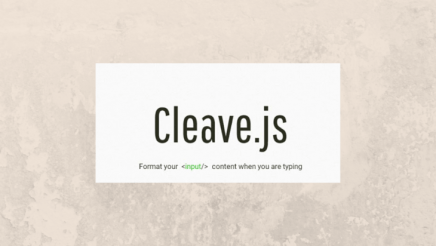
Technically the same user experience can be accomplished with the current technology without React Suspense but it can be said that creating a better user experience requires a better developer experience.

In this post, we’ll go over the concepts involved in implementing passwordless authentication with Auth0 and Twilio in a React Native application.

This article will show you a few different ways to handle form values in React. We’ll look at useState, custom Hooks, and, finally, no state at all!

Learn how to build a Trello-like application using React Hooks and GraphQL.

React-cool-portal adds a Hooks-based abstraction over React portals, allowing you to write less code more cleanly.

In this blog post, we will be taking a look at how to handle images in our React applications with the use of Cloudinary.

Learn how to use React concurrent mode to enable an amazing user experience.

Learn how to format a simple donation page with several form inputs using Cleave.js

We will create a switch navigator for switching between application screens and authentication screens. Then we’ll create a drawer navigator which will contain the tab navigator and stack navigator.

Creating tables with React is a pain. react-table v7, with its modern, Hooks-based API, aims to solve that.

We review the new features and changes in the react-query v1.0 release and take a look at its new, dedicated devtools.

Want to create a product tour UI in your React app? This tutorial shows you how to use React Tour and React Joyride to set one up.